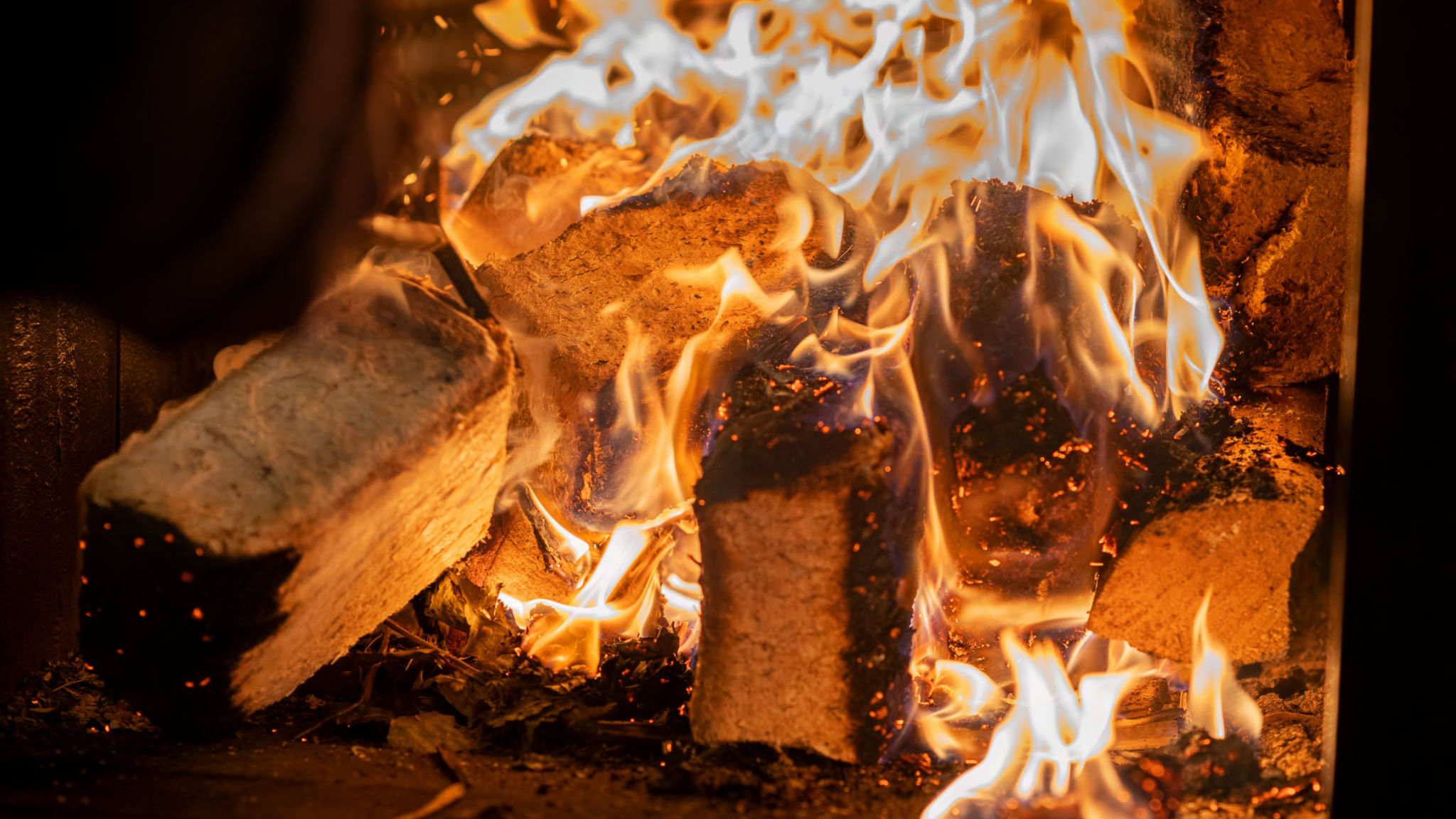DIY Guide: Troubleshooting Common Gas Fireplace Issues in NC
Understanding Your Gas Fireplace
Gas fireplaces are a popular choice for many homeowners in North Carolina due to their convenience and efficiency. However, like any other appliance, they can experience issues from time to time. Understanding how your gas fireplace works and knowing some basic troubleshooting steps can save you both time and money.
Before we dive into specific issues, it's important to familiarize yourself with the basic components of your gas fireplace. The main parts include the pilot light, thermocouple, thermopile, and the control valve. Each of these plays a crucial role in ensuring your fireplace operates efficiently.

Common Gas Fireplace Problems
One of the most common issues is the fireplace not igniting. This can be caused by a variety of factors, including a faulty pilot light or an issue with the gas supply. To begin troubleshooting, ensure your gas supply is turned on and that there are no leaks. If the pilot light is out, try relighting it according to the manufacturer's instructions.
If relighting the pilot light doesn't work, the problem might be with the thermocouple or thermopile. These components can become dirty or worn out over time, preventing them from generating enough voltage to keep the valve open. Cleaning these parts or replacing them if necessary can often solve the issue.

Pilot Light Issues
The pilot light is a small flame that ignites the gas in your fireplace. If it won't stay lit, there might be a problem with the gas line or the pilot assembly itself. First, check to make sure there are no drafts blowing out the pilot light. If drafts aren't the issue, inspect the pilot tube for blockages and clean it if needed.
Sometimes, a weak flame indicates an issue with the gas pressure. In this case, it's best to contact a professional to adjust your gas pressure settings safely.
Dealing with Strange Noises
If your gas fireplace is making unusual noises, such as grinding or whistling sounds, it could be due to a buildup of debris or an issue with the burner. Regular cleaning and maintenance can help prevent these problems. Additionally, check for loose connections in the gas line that might be causing vibrations.

Remote Control Problems
If your fireplace remote control isn't working, start by checking the batteries. Replacing them often solves the problem. If it still doesn't work, make sure there’s no interference from other electronic devices and that you're within range of the receiver.
In some cases, resetting the remote control or receiver can restore functionality. Follow your manufacturer's guide for specific instructions on resetting these components.
When to Call a Professional
While many issues can be addressed with simple troubleshooting steps, some problems require professional attention. If you suspect a gas leak or if you've tried all troubleshooting steps without success, it's important to contact a certified technician. Safety should always be your top priority when dealing with gas appliances.
Routine maintenance by a professional can also prevent issues and extend the life of your gas fireplace. Consider scheduling an annual inspection to keep your fireplace running smoothly throughout the colder months in North Carolina.
